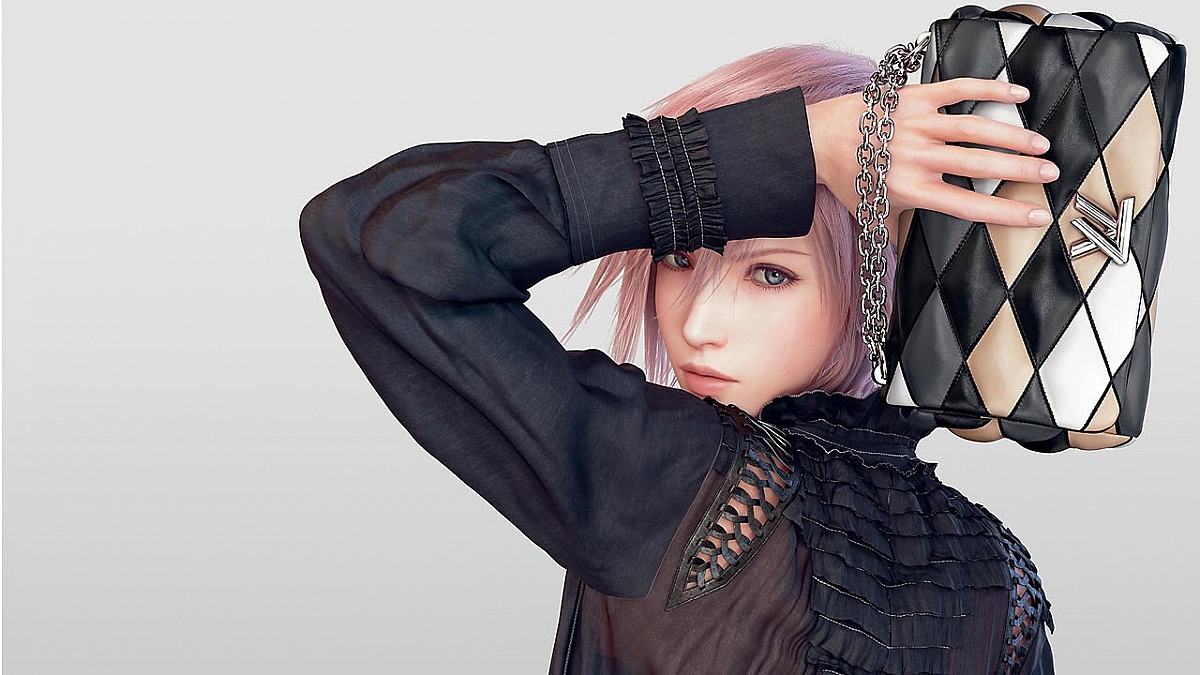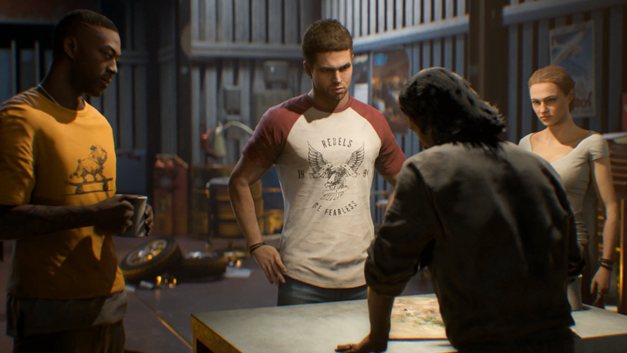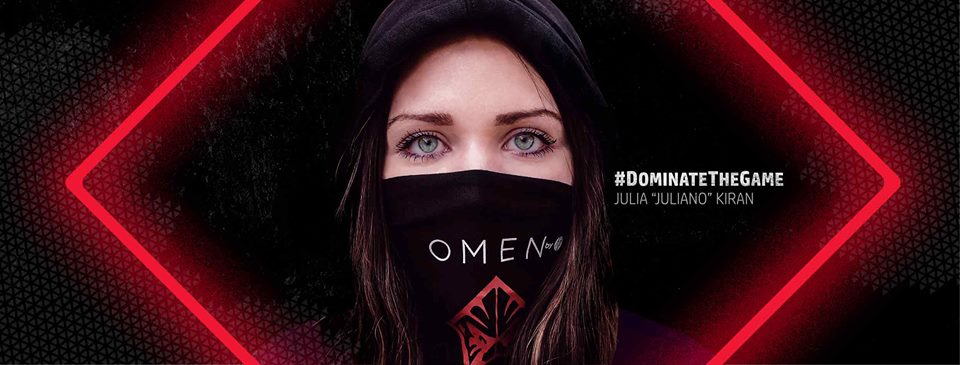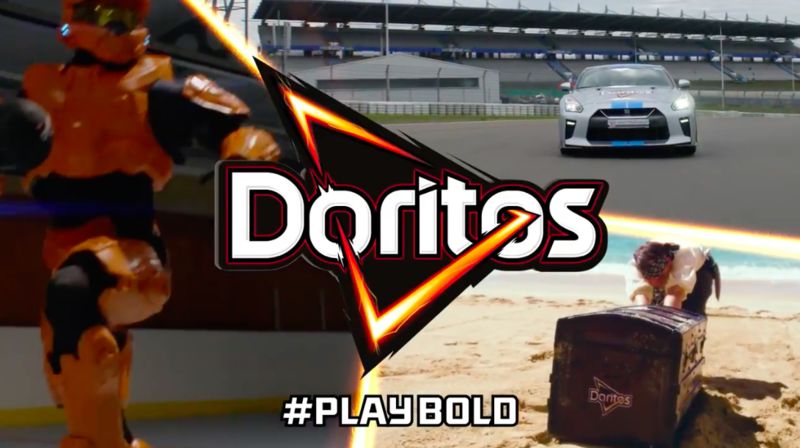
Brands & Gaming: 3 Key Trends to Watch
To say gaming is ‘big’ is something of an understatement.
The culture of gaming has come a long way since the first home console, the Magnavox Odyssey, launched back in the early 70s to encompass an audience today of some 2.2B gamers worldwide, who collectively are on track to power an estimated revenue of $108.9B in 2017.
It’s not all about the players either, with the global audience watching gaming videos online standing at a staggering 666M. To put that figure into some sort of perspective, that’s larger than the combined audience clout of Netflix, HBO, ESPN and Hulu - not to mention being double the size of the entire US population. Naturally, big numbers bring big attention, and there is now a concerted push among major brands to align with eSports and gaming’s new spectator culture, a move which has also sparked a renewed interest in integrating brands into the heart of the gameplay.
FRUKT’s recent Press Play: The Power of Entertainment research uncovered that 82% of gamers are more likely to trust a brand that helps support the growth of the entertainment they love. With that in mind, here we outline some of the evolving trends in gaming partnerships, and the brands activating beyond the much-reported - yet to date often creatively neutral - eSports sponsorship gold rush.
59% of gamers cite brand integration as the top area where brands can add the most value in entertainment
Trend 1: The Rise of Virtual Ambassadors
 ASOS advised on the clothing for characters in Need For Speed Payback
ASOS advised on the clothing for characters in Need For Speed Payback
In a marketing landscape where influencers hold ever more sway over public purchase opinions, a handful of brands are reimagining the possibilities of in-game integration and turning to virtual influencers to promote their products. The most notable alignment of this year came in the form of Coca-Cola’s partnership with Alex Hunter, the central hero of FIFA 18, whose participation in an in-game commercial became part of the character’s career progression. However, Coca-Cola are far from alone here, with KFC debuting a playable version of a very familiar Colonel in the wrestling franchise WWE 2K18, and ASOS stepping in as the official fashion partner for ‘Need for Speed: Payback’, not only creating bespoke styles for in game characters such as Tyler “Ty” Morgan, but also enabling gamers to dress the look in real life.
With gamers investing considerable time in pulling the strings of in-game characters’ lives, it’s only natural that they should form some form of emotional connection. For brands, there is real value in harnessing this virtual influence to bolster their product offerings both in game, and beyond game. A key example of this blurring of realities can be seen in Louis Vuitton’s use of Lightning, the pink-haired protagonist from cult game Final Fantasy, as a model and ambassador in a recent ad campaign.
looking to the future
With 59% of gamers in our research citing brand integration as the top area where brands can add the most value, expect a broad range of brands to start looking very seriously at production schedules and the next wave of virtual influencers. With game designers being all the more open about the creation process - as evident in early release footage of the hugely anticipated Beyond Good and Evil 2 - there is certainly more scope for pre-production conversations to be had.
82% of gamers are more likely to trust a brand that helps support the growth of the entertainment they love
Trend 2: Embracing Diversity & Inclusivity in Gaming Culture
 HP sponsored its first female esports pro-gamer Julia “Juliano” Kiran
HP sponsored its first female esports pro-gamer Julia “Juliano” Kiran
Diversity is a key issue across the board in both entertainment and marketing, and gaming is by no means an exception. The gaming world has made concerted strides towards a more inclusive representation this year, with high profile titles such as Life Is Strange: Before the Storm, Star Wars Battlefront II, Assassin’s Creed Origins, Beyond Good & Evil 2, and Uncharted: The Lost Legacy all moving the needle in terms of depicting non-white, non-male central characters.
In many ways, this presents a unique opportunity for brands to make a difference in gaming culture, as evident in HP’s ongoing sponsorship of pro-gamer Julia Kiran, Dell’s recent "unexpected gamers" ad campaign (notably including elderly gaming fans), and Intel’s bold AnyKey initiative, focused on developing inclusive gaming communities and making eSports a safer place for all. Gaming brands themselves are also driving the diversity agenda, with PlayStation stepping up to sponsor Pride London under the hashtag, #ForALLthePlayers; a move that was eight months in the making and driven, authentically, by a LGBT group within PlayStation Europe. Xbox too has been active in the inclusivity stakes, bringing both wheelchair and prosthetic leg options into its online avatar creation system.
Looking to the future
Despite the fact that female gamers make up 46% of players worldwide and Asian and African-Americans outpace other races and ethnicities when it comes to gaming (81% and 71% respectively), the white male bias can still rear its head in the gaming world. With this in mind, we expect to see more brands utilising gaming to enhance and support their diversity missions in 2018.
81% of gamers say they feel more favourable towards brands that enable them to enjoy unique entertainment experiences with their friends
Trend 3: Linking Gaming to Real Life
 Dorito's teams up with YouTube gaming influencers ALi A, Alpha Sniper and Jelly
Dorito's teams up with YouTube gaming influencers ALi A, Alpha Sniper and Jelly
With the rise in virtual, augmented and mixed reality apps, gaming is increasing becoming layered onto the real world. For brands, however, there is a real opportunity to go beyond mere technology and bring gaming firmly into the experiential activation space, taking gaming away from the screen altogether to become a more tangible, hands on experience.
The rise of ‘escape the room’ experiential activations has helped gaming shift from virtual to physical, with titles such as Resident Evil 7 recreating immersive in-game environments as real life gaming experiences. However, there are also ways to bring some practicality and utility to the fore by creating a link between the game and reality. For example, Xbox teamed up with Real Madrid on a Twitter campaign to promote FIFA 18 that translated the team’s live in-match moves into corresponding Xbox controller button combinations in real-time, enabling gamers to learn and replicate the moves in the game.
In addition, the rise of YouTube gamer influencers has also served to bridge the gap between the virtual and the physical world, with Dorito’s recent PlayBold campaign a case in point. The snack brand tasked popular gaming YouTubers – including ALi A, Alpha Sniper and Jelly – to recreate key video game scenes (Sea of Thieves, Forza 7 and Halo 5) in real life environments. The challenges were turned into interactive video content, enabling viewers to switch from actual gameplay to the YouTuber imagined versions in real time.
Looking to the future
With 90% of gamers turning to YouTube at least once a week for gaming advice, online influencers hold huge sway over the gaming audience. Add in the fact that our research found that 81% of gamers say they feel “more favourable towards brands that enable them to enjoy unique entertainment experiences with their friends”, and we anticipate brands taking both in-game elements and influencers direct to the consumer in ever more relatable and tangible ways next year.
If you’re interested in finding out more about integrating your brand effectively and authentically into gaming culture, drop us line at london@wearefrukt.com or northamerica@wearefrukt.com
*Sources: Superdata/Newzoo/FRUKT/Nielsen/YouTube
